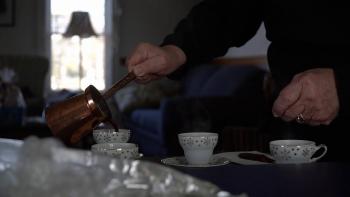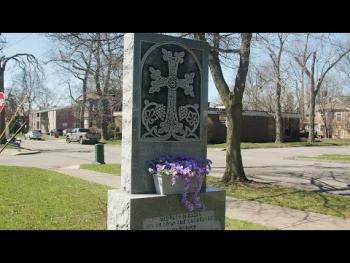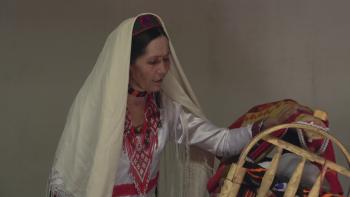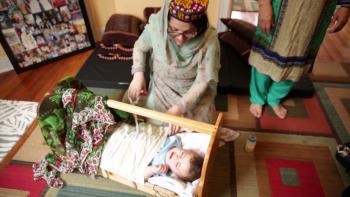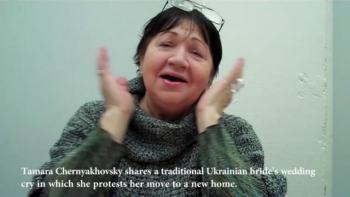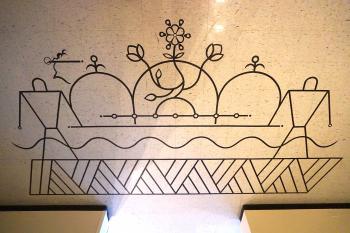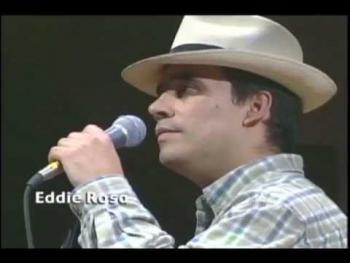Verbal Arts

Learn about the role of rice pilaf in Armenian households and community events, and cooking together at St. Hagop Armenian Apostolic Church's kitchen, from Rachele Aversa and Sonya Gregian, two longtime members of the Armenian community in Niagara Falls.
Verbal Arts
Foodways
Learn about the history of the Armenian community in Niagara Falls, through the memories and lived experiences of Robert “Butch” Kazeangin Jr. Butch Kazeangin is a lifelong resident of Niagara Falls, member of the local Armenian Community, and board member of numerous local organizations.
Verbal Arts
Foodways
"Survive, Remember, Thrive: Armenian Traditions in Western New York" is a documentary video series produced by the Folk Arts Program at the Castellani Art Museum of Niagara University that celebrates local expressions of Armenian culture and heritage through a short film and shortform videos. In the series' lead short film, "Survive, Remember, Thrive", learn about the history of the Armenian community in Niagara Falls through the lived experiences of Ani Avdoian, Dawn Sakalian, and Kathy Peller: how their families were affected by the Armenian Genocide, their families' resettlement in Niagara Falls, and the types of traditions they maintain and pass on within their family and throughout the local community.
Verbal Arts
Foodways
Asalbegim Mamadalibekova sings a traditional Wakhi lullaby (or lalajik). In the second video, she discusses the lullaby's wider significance in the community
Verbal Arts
Music
At home in Brooklyn, thousands of miles from the Hunza Valley of northern Pakistan, Amina Bibi passes on the Wakhi language to her 1-year-old son Alhan - through lullabies. In Wakhi with Wakhi and English subtitles by Husniya Khujamyorova. Part of the Lullabies of New York Project, supported by the Brooklyn Arts Council.
In the second video, Jamila Bibi, a Wakhi speaker from the Gojal Valley in the Hunza District of northern Pakistan, tells the story of her family and her language. In Wakhi with Wakhi and English subtitles by Husniya Khujamyorova.
Verbal Arts
Music
Mirgulova Shirmo, a Rushani speaker originally from Vamar in the Rushan region of Tajikistan, sings a Rushani lullaby. In th second video, she discusses the lullaby and its wider context in her life. Part of the Lullabies of New York Project, supported by the Brooklyn Arts Council. In Rushani with Rushani and English subtitles by Husniya Khujamyorova.
Verbal Arts
Music
Tamara Chernyakhovsky shares a traditional Ukrainian wedding cry sung by a bride before her marriage in which she protests her move from home.
Verbal Arts
Ritual
Music
Photograph of mural installation by Erwin Printup Jr., for an exhibit on Haudenosaunee beadwork at the Castellani Art Museum in Spring 2016
Verbal Arts
Material Culture
Photograph of mural installation by Erwin Printup Jr., for an exhibit on Haudenosaunee beadwork at the Castellani Art Museum in Spring 2016
Verbal Arts
Material Culture
The concert featured artists from Mexico, Colombia, and Puerto Rico singing décima verses in the manner of those countries. Décima is a verse form of ten lines consisting of eight syllables each. It originated in Spain in the 1500s but has spread throughout Latin America.

